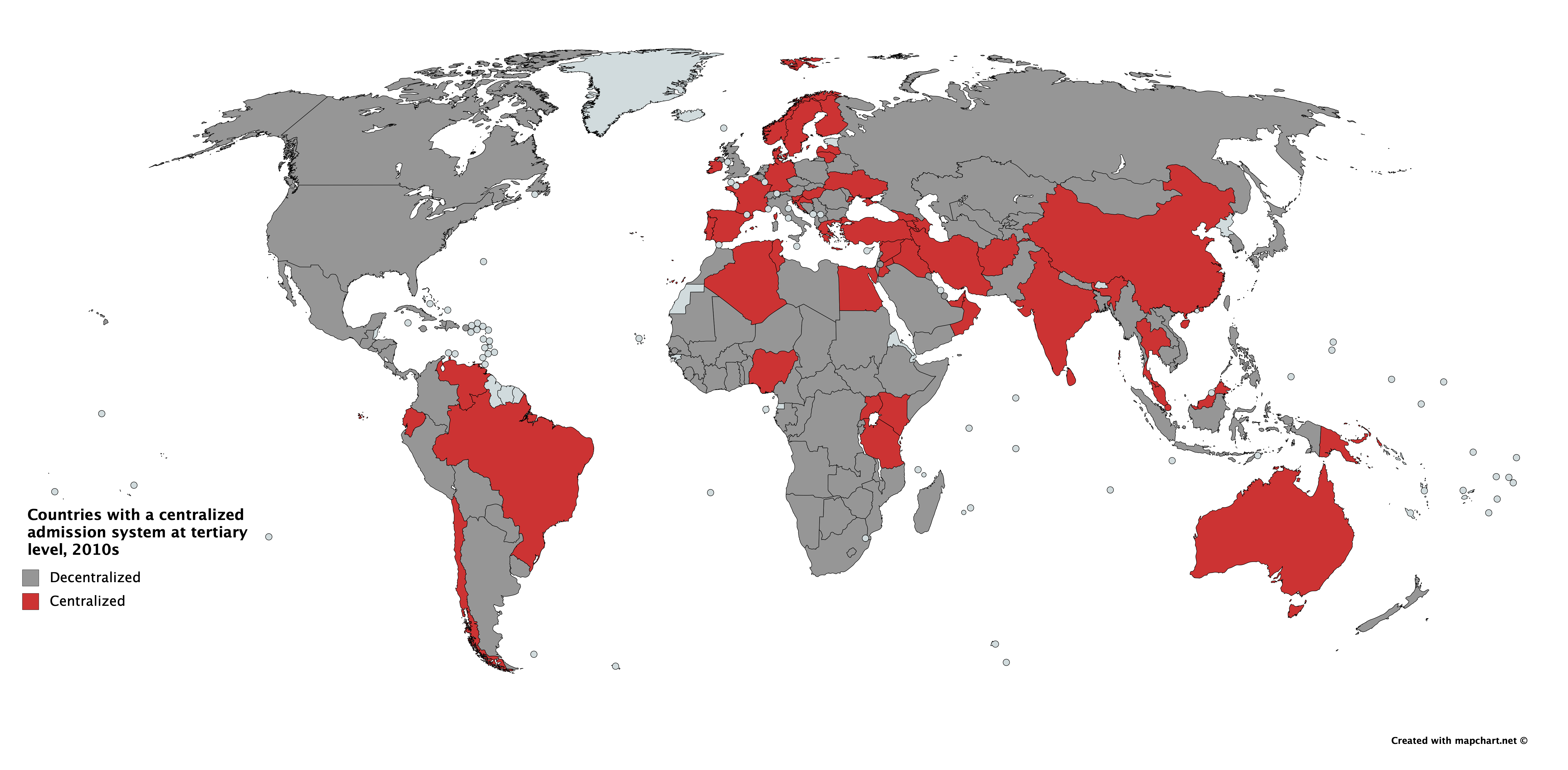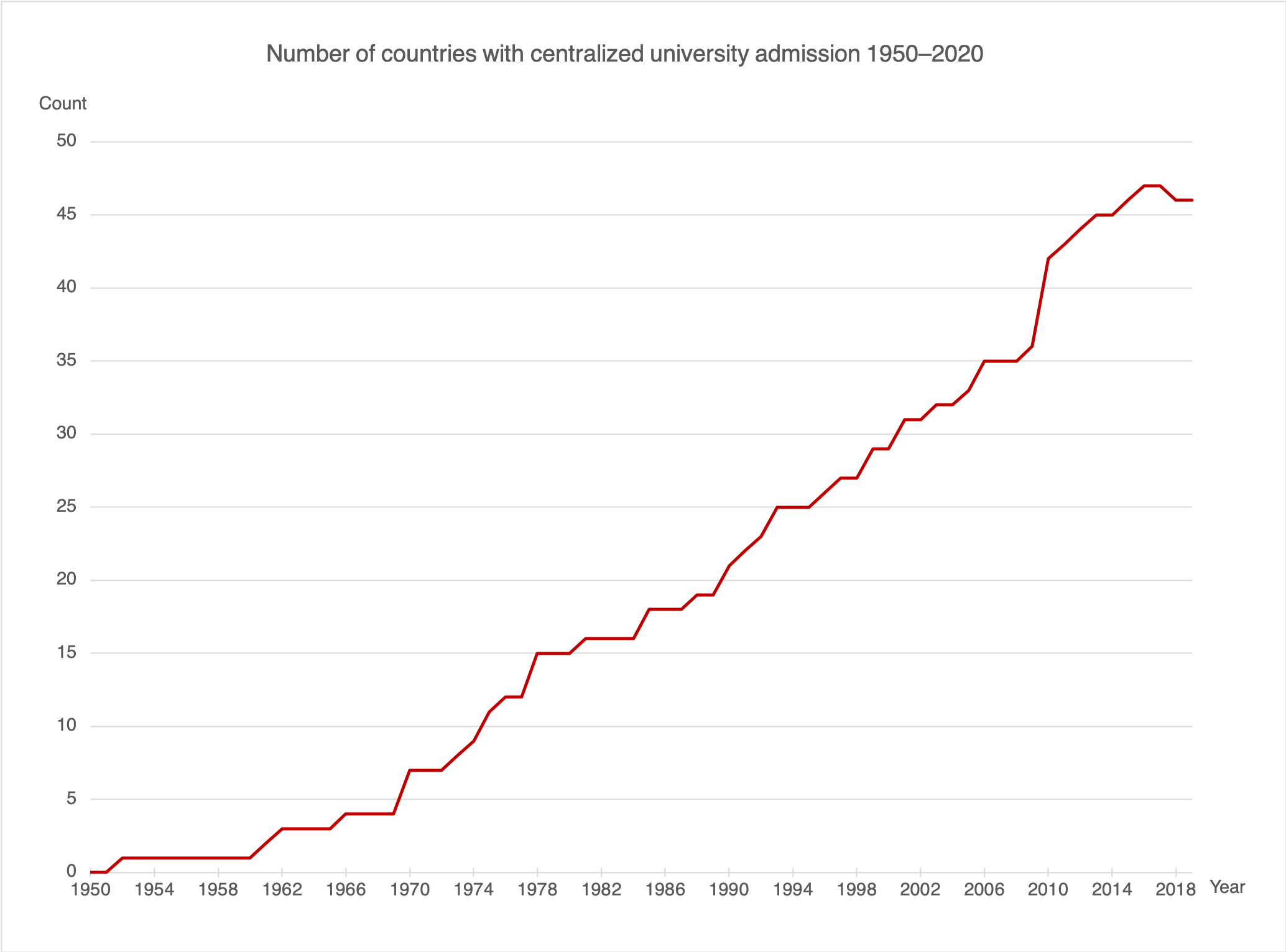The Rise of Centralized Choice and Assignment Mechanisms in Education Markets Around the World
Abstract
This paper documents policy implementations that use centralized choice and assignment systems in education markets worldwide. I review primary, secondary and tertiary education markets in 96 countries to determine if a centralized system is being utilized and document the policy details surrounding its implementation. Particular care is taken to document when the system began and how preferences are collected and what mechanism is used to process them. The first contribution of this paper is to document rise in the use of centralized assignment systems in education markets. A second important contribution is to document the degree of heterogeneity in the details of the policy implementations across different settings. All over the world, centralization has been implemented with some similarities but with a striking range of peculiarities. This heterogeneity in policy implementations can be due to a lack of understanding regarding what are best practices related to market design research and theories. It may also reflect policy maker knowledge of underlying conditions that make different systems optimal in different settings and have yet to be explored empirically or theoretically. I argue that there is a need for both more empirical evidence about the effectiveness of these different design features in practice as well as theoretical work on what conditions would rationalize the observed policy behavior. Studying a variety of designs used in practice is interesting to study from the researchers perspective because they generate data being produced from different policy settings. From the policy perspective, having an overview of what has been done in other context and evidence regarding their effectiveness is also very useful, especially for countries or local governments that are considering adopting and want to implement best practices.
Graphs From the Paper
- Date: 2019



